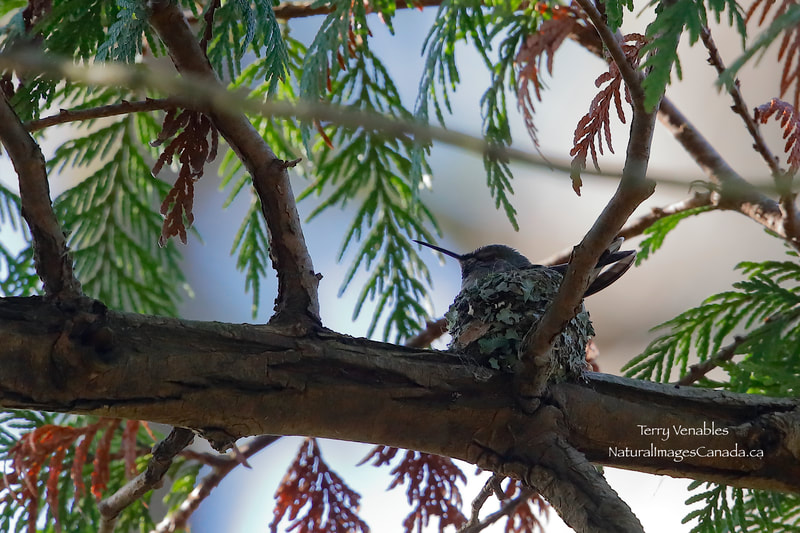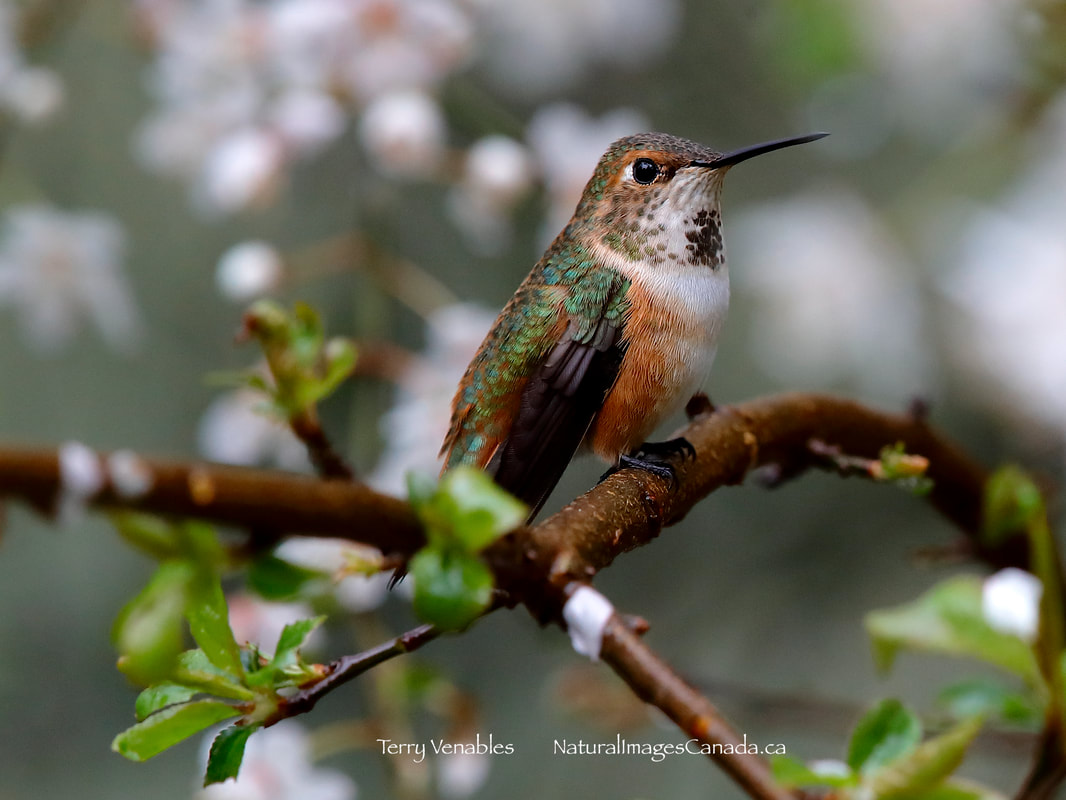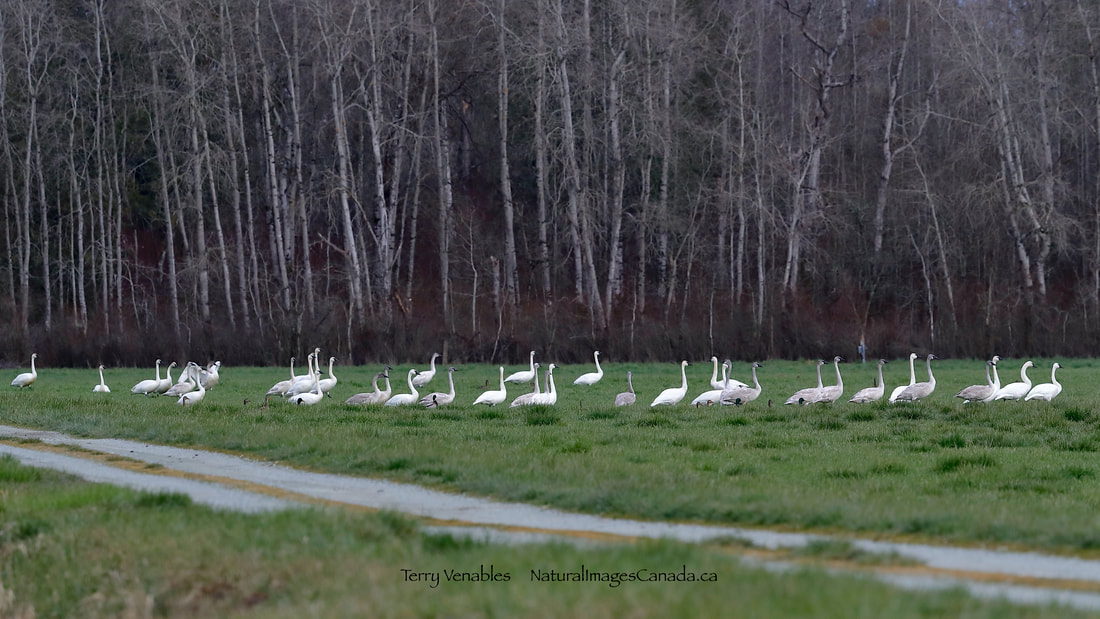|
Hummingbirds are masters of disguise in nest building .... The female does all the building & weaves the most intricate beautiful tiny bubble that is about the size of 1/2 a golf ball. Inside is lined with the softest fur or plant fuzz she can find and threads of spider webs throughout give elasticity to the entire form (comes in handy when growing baby birds are expanding inside) The outside is decorated in local materials like mosses, lichen and plants that are seen growing in the tree she builds making it a perfectly camouflaged work of functional art!
Chilli peppers and spice could describe this gorgeous tiny male Rufous ... These miniature marvels have a spark inside them like nothing else I have ever encountered! Yes indeed these birds are small but they are mighty! At just over 3 inches in length and weighing less than 5 grams ... these tiny titans make the most incredible migration journey. Nesting from a few locations in N California & here in the Pacific NW , throughout the Western parts of BC into the and as far north as any hummingbird .... into Alaska , they make their way Northward every spring from wintering areas in Southern Mexico and Central America. (they can log 2000 to 3900 miles one way) After nesting season the brilliantly feathered males begin the trip South as early as mid June, followed by the females and young of the year in early July and through the Summer. The past 2 or three years I have had a few juvenile male Rufous stay at my Hummingbird Haven as late as mid September, but most are gone before July comes to an end. As you may well imagine, I absolutely adore these birds and joyfully celebrate their return each March. Their status is diminishing species, sadly as habitat destruction and likely pesticides erode their tiny insect food sources ... I have read they are disappearing by 2% / year. Did you know there are over 300 distinct species of Hummingbirds of which 3 are found seasonally here in British Columbia. They are only found between Alaska and South America (including the Carribean ) No other places on earth. Above slides .. A male Rufous Hummingbird in the Plum tree ... My 1st sighting for 2022! Female Anna's Hummingbird takes a rest inbetween nesting duties ... These little wonders can often have 2 nests per year and I have seen documents saying one female had 6 broods (almost always 2 eggs and 2 young to tend) The Anna's began diligently gathering nesting materials around the end of January and that activity was heightened throughout February. Some will be now feeding youngsters and others will still be hatching eggs. This handsome dude was observed sampling Plum blossoms today (Male House Finch)
On Vancouver Island we enjoy a relatively mild year round climate and winteter temperatures are mostly above zero, occasionally falling to -7C during cold snaps, but in general mild, so the Island and lower West Coast mainland attract a variety of migrating birds including these magnificent, large Swans. This group of Trumpeter's has been observed feeding daily on the Peninsual, just North of Victoria for several weeks. The trumpeter swan is the largest extant species of waterfowl, and both the heaviest and longest native bird of North America. Adults usually measure 138–165 cm (4 ft 6 in – 5 ft 5 in) long, though large males can exceed 180 cm (5 ft 11 in) in total length.[2][7][8][9] The weight of adult birds is typically 7–13.6 kg (15–30 lb). Possibly due to seasonal variation based on food access and variability due to age, average weights in males have been reported to range from 10.9 to 12.7 kg (24 to 28 lb) and from 9.4 to 10.3 kg (21 to 23 lb) in females.[2][10][11][12] It is one of the heaviest living birds or animals capable of flight, and, in terms of average mass, the heaviest flying bird in the world. (txt above from wiki) The adult birds are fairly large and white compared to the juveniles which are greyish in colouration. The birds stick together in family units when feeding on grasses as in these photos and also in flight. They find large open water ponds for overnite and also at times will find a sheltered ocean bay. Over the next month or so many Trumpeter Swans will fly nothward to the Arctic as the temperatures improve and find their traditional breeding/ nesting sites where they will produce next batch of offspring. Each nesting female can lay 3 - 12 eggs and on average 4-6 ... My observations show adult pairs flying with 1 to 3 youngsters. |
Archives
July 2024
Author
Summer 2023.. I just received notice that my blog has been awarded a distinction of being one of the top 10 photography blogs in Canada.
* All images and content copyright Terry Venables and NaturalImagesCanada *
|




























